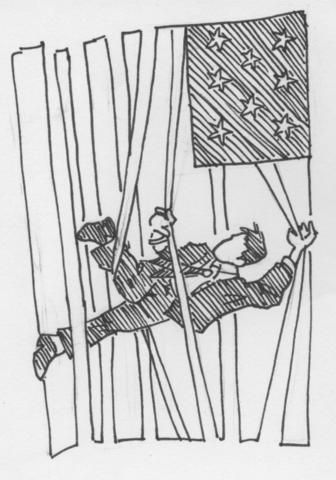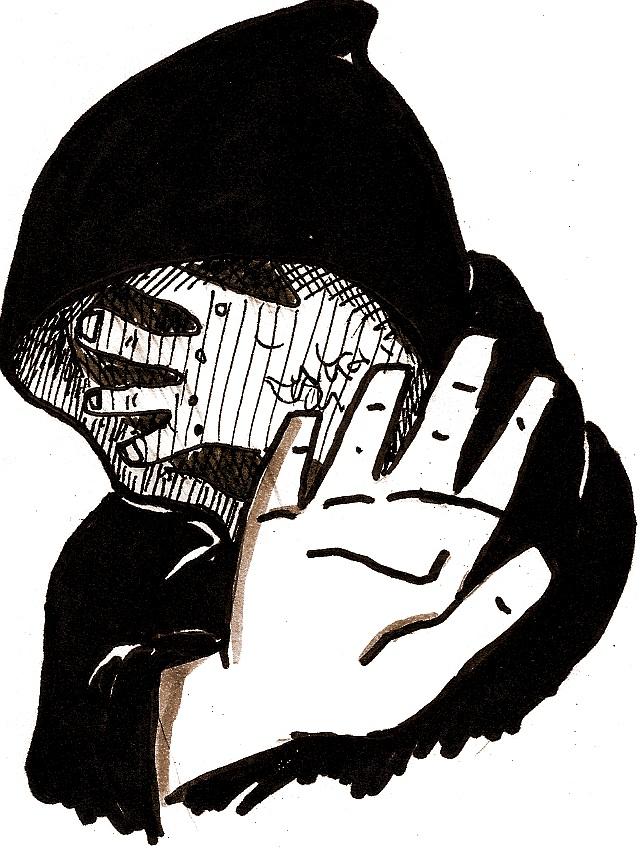When you consider that I went as Julia Child to the sexual fantasy party, it isn’t that surprising that I jumped at the chance to review her cooking show. To be totally honest, I had never actually seen an episode of “The French Chef” until recently, after enjoying both the book and movie versions of “Julie & Julia.” Beyond her trademark voice and caricaturesque mannerisms, I never gave much thought to her considerable cooking ability until I saw her show.
“The French Chef with Julia Child” collection features 18 episodes of her TV show organized into three discs: “Starters and Side Dishes,” “Main Courses” and “Baking, Desserts, and Other Classics.” The dishes she prepares are all traditional French fare, unusual for American audiences at her show’s 1962 debut. From crêpe Suzette to thon en Chartreuse, Child hits up the big-name French dishes as well as the lesser-known rustic recipes with equal skill and enthusiasm, providing knowledgeable insight on the delicacies of French cooking to housewives and Francophiles across the United States. Watching the show on a full stomach immediately after dinner, I found her extensive use of butter somewhat nauseating, but after spending four months in France last spring, I know it’s authentic.
The real attraction of “The French Chef,” however, is not Child’s recipes, but Child herself. While her warbling voice and signature phrases are well-known and mimicked even by those who have never seen her on TV themselves, their entertainment value really can’t be underestimated. Even though Martha Stewart is the closest I’ve come to watching a modern cooking show, I don’t think most of the chefs on TV these days keep the camera rolling through their errors. In the first episode I watched, “French Crêpes II,” Child sticks a rubber spatula into a rotating stand mixer, which immediately sends it shooting across the kitchen. Child yelps in surprise, then turns the camera and chuckles, “That was a mistake!”
As a collection, the 18 episodes included in the DVD set were taken from different seasons throughout the show’s duration. As I watched them with my family, we noticed a distinct difference between the earlier black-and-white episodes and the later full-color ones: The B&W episodes, including “French Crêpes II,” feature a Julia Child who seems more restrained, trying to act professional but not really used to the camera. She sometimes corrects herself mid-sentence or blinks at the camera as if trying to remember what to say next.
In the full-color episodes, Child’s character comes out in full force, prompting my younger brother to wonder, “Is she drunk?” There’s still the occasional halting, hesitating speech, but Child hams it up to such an extent that you wonder if she’s actually presenting a caricature of herself. In the intro clip to “A Fish in Monk’s Clothing,” Child faces a truly monstrous 150-lb cut of swordfish while holding a veritable arsenal of cutlery. She yelps, “I’m all ready to make fish!”: punctuating the last word by smacking the giant piece of meat with her fistfuls of cleavers and meat hammers.
Child’s catchphrase for her long-running television career was something along the lines of “If I can do it, so can you: and here’s how!” In her television kitchen, Child shows a careless attitude toward mess, sweeping everything from vegetable peelings to plastic bags to dirty pans onto the floor when she’s done with them. While that practice certainly makes the cooking process simpler, I doubt it’s truly realistic. Despite that, Child’s show presents an entertaining and informative look at French cooking. Even though bookstore shelves today are crammed with cookbooks catering to a more worldly public than that of Child’s original audience, “The French Chef” is still popular for its humor as much as for its culinary expertise.


